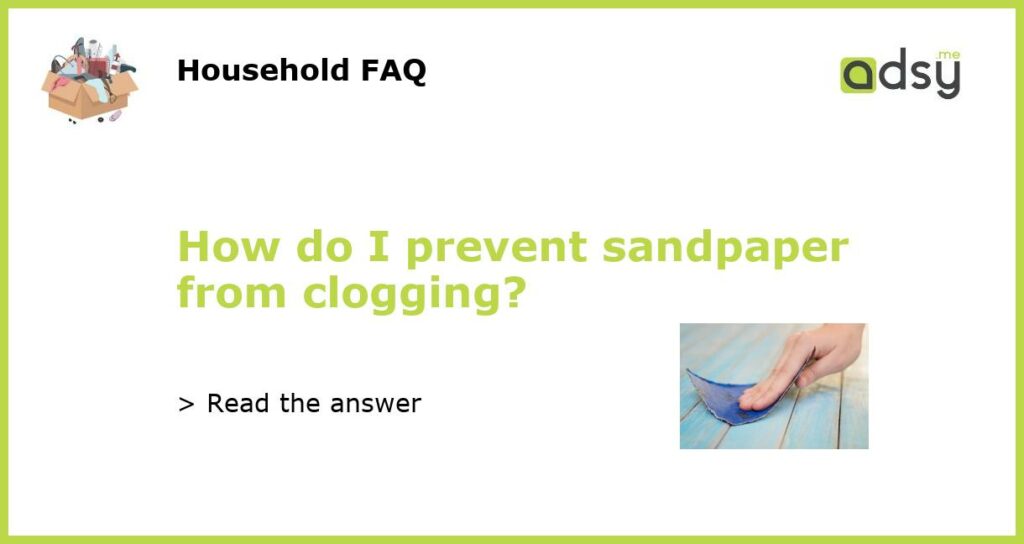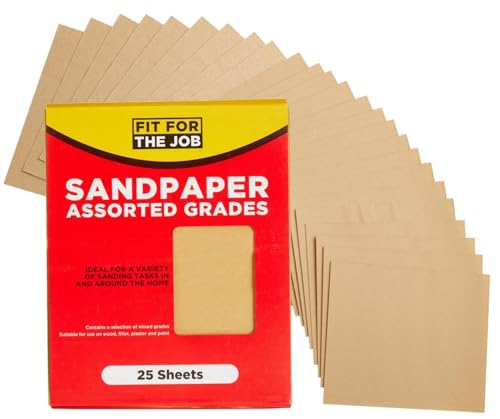Choose the Right Sandpaper Grit
One of the main reasons sandpaper tends to clog is because the grit isn’t appropriate for the task at hand. Different projects require different grits of sandpaper, and using the wrong grit can lead to clogging issues. For example, if you’re trying to remove a heavy layer of paint or varnish, you’ll need a coarser grit, such as 60 or 80. On the other hand, if you’re looking to sand a smooth surface or finish, a finer grit, like 220 or 320, will be more suitable. By choosing the right grit for your specific task, you can minimize clogging and ensure optimal performance.
Clean the Sandpaper Regularly
Another effective way to prevent sandpaper from clogging is to clean it regularly during use. As you sand, dust, debris, and wood particles build up on the surface of the sandpaper, reducing its effectiveness and clogging the grit. To clean the sandpaper, you can use a wire brush, stiff bristle brush, or even an old toothbrush. By brushing away the accumulated debris, you’ll restore the sandpaper’s cutting ability and prolong its lifespan. It’s important to clean the sandpaper frequently throughout your project to maintain optimal performance.
Use Sandpaper Lubricants
Sandpaper lubricants are specially formulated substances designed to reduce friction and prevent clogging. They create a protective layer that makes it harder for dust and debris to adhere to the sandpaper surface. These lubricants, sometimes referred to as sanding aids, can be applied directly to the sandpaper before use. They come in various forms, including pre-mixed solutions, sprays, and even sticks. Using sandpaper lubricants can significantly reduce clogging and improve the overall sanding experience.
Allow the Sandpaper to Cool
Sanding generates heat, and excessive heat can lead to clogging by melting or softening the materials being sanded. To prevent this, it’s important to allow the sandpaper to cool down between sanding sessions. This can be achieved by simply taking short breaks during the process or intermittently switching to a different area of the project. Allowing the sandpaper to cool not only prevents clogging but also extends its lifespan by reducing the risk of damage caused by overheating.
Consider Using Anti-Clog Sandpaper
If you frequently deal with clogging issues or are working on a project that is known to be prone to clogging, you might want to consider using anti-clog sandpaper. This type of sandpaper is coated with a special anti-clogging agent that prevents the buildup of dust and debris, allowing the sandpaper to maintain its cutting efficiency for longer periods of time. Anti-clog sandpaper is available in various grits and is an excellent option for projects that generate a high amount of dust or involve working with gummy or resinous materials. While it may be slightly more expensive than regular sandpaper, its effectiveness in preventing clogging makes it a worthwhile investment.






